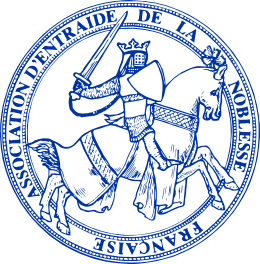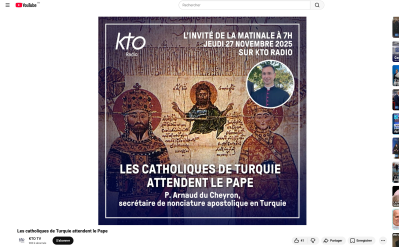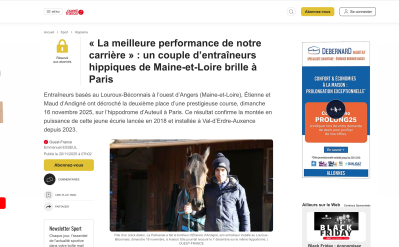News

SWEDEN - Courrier international: "Marianne Wiiburg Setterblad, the woman who keeps the Swedish nobility in line".
10 November 2024
Press review
Viewed 551 times
Marbled paper and coffee sets are among her dadas. But what most fascinates Marianne Wiiburg Setterblad, editor at Riddarhuset, a private institution representing the interests of the Swedish...
You must be logged in to read more









